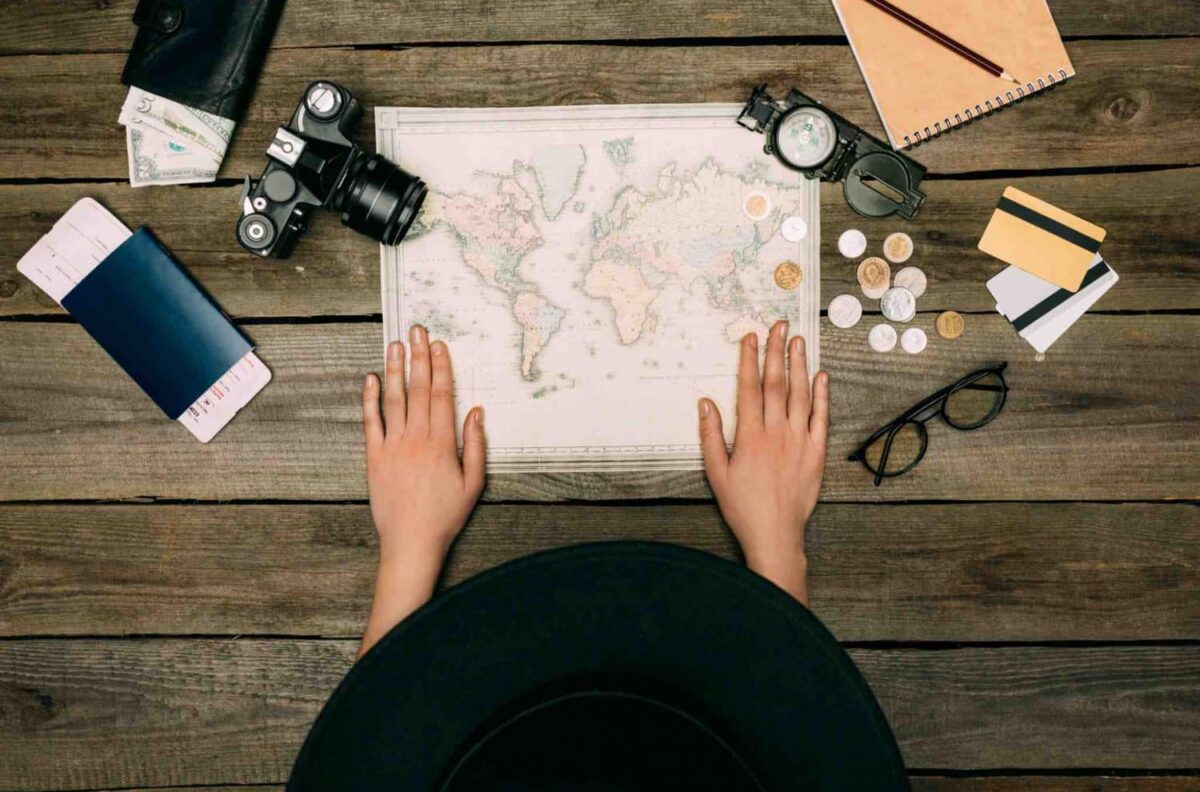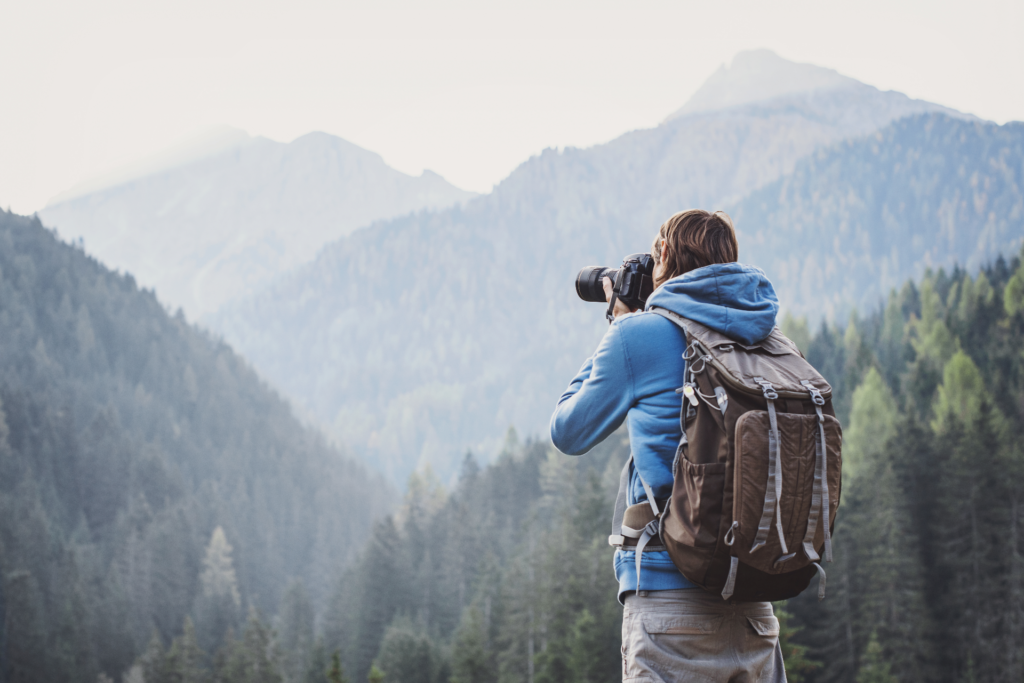7 Best Ways to Document Your Travel Memories

Top methods to document your travel memories
Journeys are fleeting, but memories can endure if we document them well. For many travelers, the challenge isn’t just making great experiences but in ways that stay vivid over time. Whether you return home with hundreds of photos or a few souvenirs, turning your travel recollections into tangible stories ensures those adventures live on. Here are 7 best ways to document your travel memories, each method offering unique advantages to suit your style, schedule, and resources.
1. Travel Journals & Daily Notes
The classic travel journal remains one of the most versatile tools for preserving memories. Choose a sturdy notebook with durable cover and binding so it holds up under travel wear.
Write short but meaningful entries each day, what you saw, how you felt, memorable dialog or smells, and little details you know you’d forget. Some travelers also use their journal as a trip ledger or directory (addresses, wish-lists, language notes) to amplify its utility.
Tip: mix in ticket stubs, postcards, or small souvenirs to turn your journal into a hybrid scrapbook-journal.
2. Photography: Capturing the Moment in Frames
Photography is perhaps the most universal and immediate method to document travels. With smartphones offering increasingly capable cameras, every traveler can take high-quality images on the go.
To avoid cliches, try focusing on unique angles, local life, textures, and candid moments. After the trip, curate your best shots into a photo album, a printed book, or a digital gallery.
Also use geotagging and map features to embed location data into your photos, helpful for recollection later.
3. Video & Travel Vlogs
Videos add sound, motion, and emotion, capturing what photos cannot. Even simple clips, walking a street, ocean waves, ambient sounds, bring a place alive.
You don’t need professional gear: phones or compact digital cameras suffice. For more ambitious creators, a GoPro or action cam works well for immersive, on-the-move filming.
Compile scenes into short vlogs, recaps, or highlight reels. Share on platforms like YouTube, Instagram, or private channels if you prefer to preserve privacy.
4. Blogging & Travel Writing
A travel blog allows you to merge narrative, photos, and video into cohesive stories. You can post daily updates, essays, or themed articles about food, culture, or insights.
Well-written posts with attraction details, travel tips, and reflections can also help others plan similar journeys. Plus, with the right SEO approach, your blog content may attract readers, building an archive you can revisit anytime.
If running a full blog seems heavy, consider microblogging or shorter “travel notes” formats.
READ ALSO
8 Travel Photography Tips for Beginners
12 Cultural Festivals Around the World You Should Experience at Least Once
5. Scrapbooks & Physical Memory Assemblages
Scrapbooks offer a tactile, creative way to preserve not just images and words but memorabilia. From ticket stubs and maps to pressed flowers and coins, you can craft pages that weave narrative and artefact.
Unlike digital methods, scrapbooks invite hands-on engagement. They also age in a physical way that can feel more authentic to some. While time-intensive, they become treasured keepsakes.
6. Sketching, Doodling & Artistic Journaling
Not everyone is a professional artist, but sketching or simple doodling can be a unique and expressive way to document travel impressions. Some travelers pair sketches with captions, maps, or collages to create visual stories.
These artistic notes capture moods, light, and character in a way a photo sometimes cannot. Even stick-figure drawings or abstract swirls hold emotional memory.
7. Maps, Pinboards & Interactive Visuals
Visualizing where you’ve been is a powerful way to document journeys. A scratch-off map, a pinboard, or a custom map with pushpins lets you see your travels at a glance.
You can also use digital mapping tools (Google Maps saved places, map journaling apps) to layer images and notes onto maps.
Some creative travelers build wall displays combining maps, prints, tickets, and pins, turning a room into a travel gallery.
Choosing the Right Mix for You
Each method has strengths:
- Are you on the move? Photography, short video, micro-blogging may suit you.
- Want to process experiences deeply? Journals + scrapbooks work well.
- Prefer visual layouts? Sketching + maps + pinboards will appeal.
You can combine methods, for instance, video for dynamic memory, photography for day-to-day, a journal for emotional detail, and a pin map to tie it all together.
Also consider practical constraints: time on the road, battery/charging needs, luggage space, and willingness to carry physical materials.
Why Travel Memory Documentation Matters
- Memory reinforcement: The act of recording, writing, capturing, assembling, helps your brain solidify those experiences long-term.
- Emotional resonance: Over time, photos and words let you revisit not just looks but feelings.
- Sharing & legacy: Documented travel stories become gifts for family, friends, or future you.
- Inspiration & reflection: Reviewing your archives can spark new ideas or deeper understanding of ones’ growth over time.
Frequently Asked Questions (FAQ)
Q1: What is the best way to document travel memories?
There’s no single “best” way, your ideal method depends on your style, time, and resources. Many travelers use a mix: photography + short journal entries + occasional sketches or maps.
Q2: How often should I record or journal while traveling?
Try to make a quick note or snap a photo daily. Even 5 minutes each night can preserve emotional details before they fade.
Q3: Do I need fancy gear to document well?
No. A smartphone works very well nowadays. A simple notebook, pen, or low-cost instant printer can get you far. More advanced gear provides flexibility and higher quality, but isn’t necessary.
Q4: How do I preserve physical travel mementos without bulk?
Carry a slim envelope or folder for keepsakes (tickets, receipts, small maps). Once home, assemble them in a scrapbook or archive box. Use adhesive solutions like washi tape or archival glue to keep them secure.
Q5: Should I share my travel memories publicly?
That depends on your comfort. Blog posts or vlogs can reach wider audiences; private diaries or digital albums are more intimate. You can keep some content public and reserve personal reflections for private archives.
Q6: How do I organize and back up digital travel content?
Use cloud storage (Google Drive, iCloud, Dropbox) and external hard drives. Tag photos by date and location. Use folder systems (e.g. “2025-Trip-XYZ”) to keep everything organized.
Q7: Can I retrofit travel memories after returning?
Yes. Many travelers reconstruct journals, photo books, or scrapbooks after travel. Use receipts, maps, chat logs, and memory triggers (photos) to rebuild your narrative. This is slower, but still meaningful.
Q8: How can I make my documentation last decades?
Use archival-quality materials (acid-free paper, UV-resistant covers, quality ink). Digitally, keep file backups and regularly migrate formats to avoid obsolescence.
Q9: What travel documentation methods work well for families and kids?
Simpler and interactive methods, sketching, sticky scrapbooks, pin maps, shared photo albums, engage everyone. Let each participant pick a way to record their own memories on the trip.
Q10: Is there value in combining methods?
Absolutely. A hybrid approach, photos for visuals, journal for emotion, maps for context, is often the richest way to preserve multi-layered travel memory.


